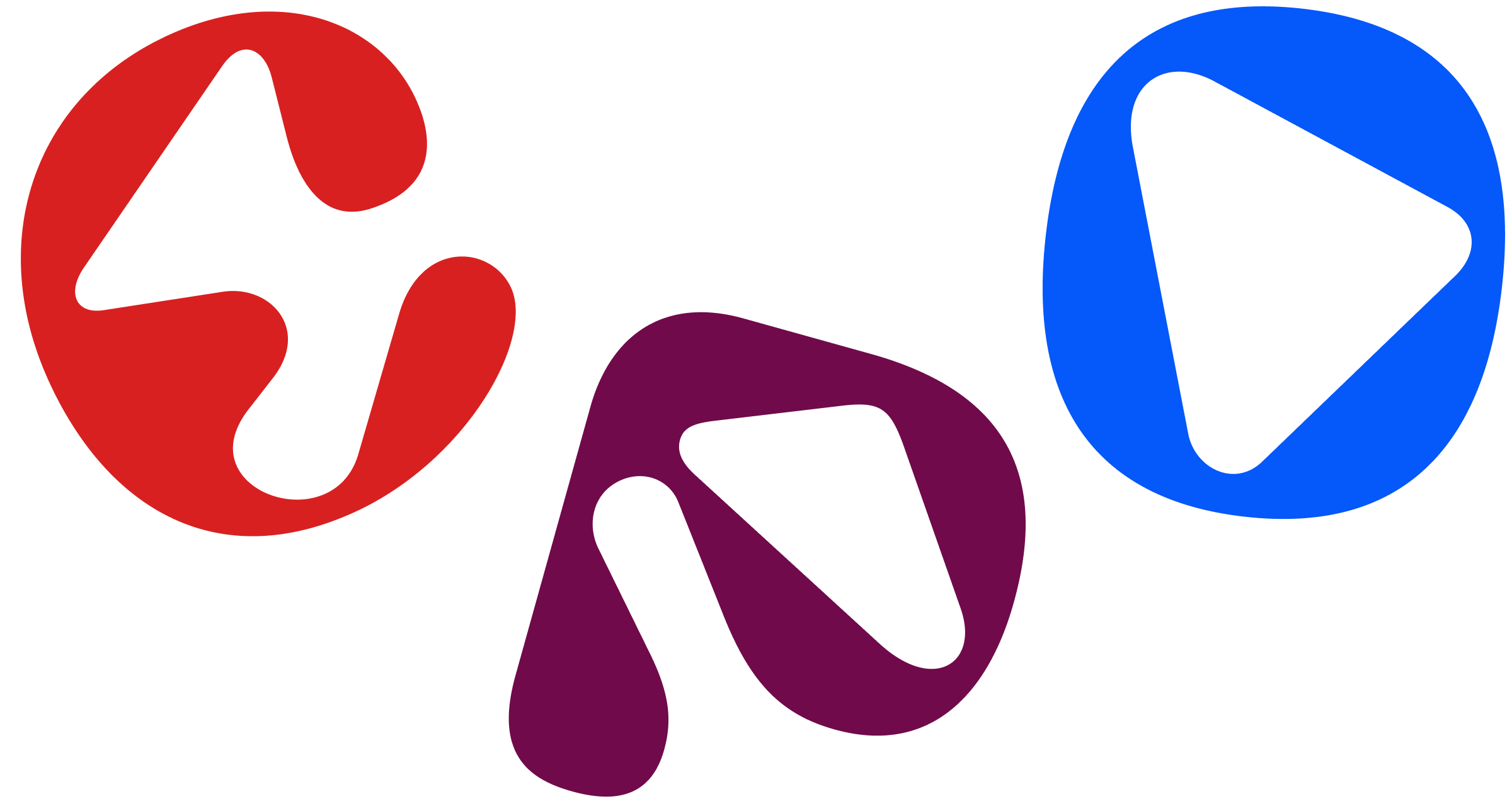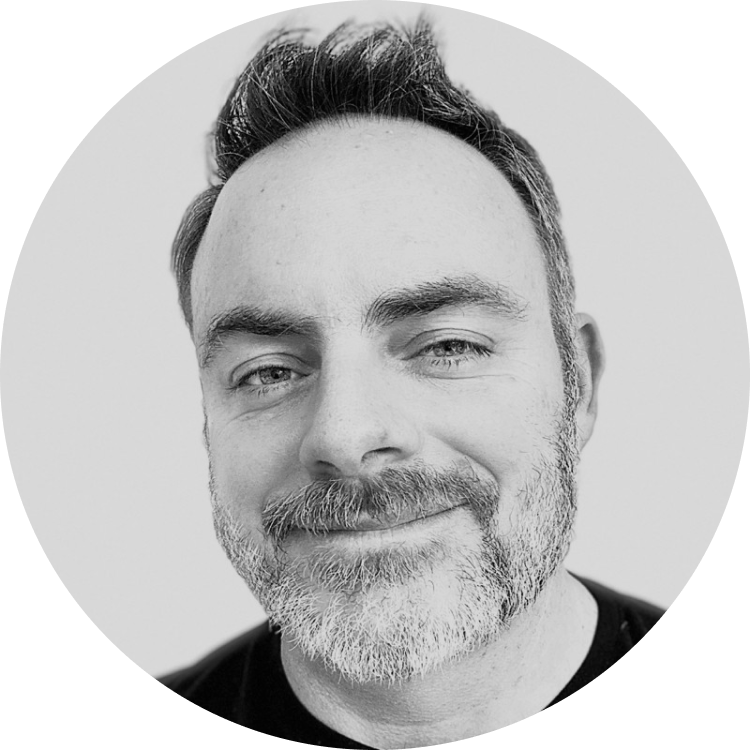The future of the CPO

The CPO has the second-hardest job in the C-Suite. The Chief People Officer (CPO) has to understand the functions of their C-Suite peers, take organizational targets and goals, and reverse engineer them into departments and jobs. We’re accountable for productivity. We’re the voice of our companies as they navigate complex social and external factors, all while growing profitability and treating people well. It’s a job that requires a love of people, deep curiosity, and business acumen. And it’s only getting more complicated.
I’m Lars Schmidt, founder of Amplify, an HR executive search and leadership development consultancy. I’m a contributor to Fast Company, IESE Guest Faculty, LinkedIn Learning Instructor, and I host the LinkedIn Presents: Redefining Work podcast. You could say I’m an advocate for advancing the world of work.
Through my work, I’ve seen that great HR is a growth catalyst for every leading business. Our role will only continue to grow, both in strategic importance, and in scope. But to deliver our most impactful work, we need to speak the language of the C-Suite. To nurture our learning agility and network equity, so every action we take is building our organizations, and our careers.
Best in class CPOs
Unfortunately, HR still carries sterotypes of ‘compliance’ and ‘following the rules’. For too long, we’ve been seen as ‘policy cops’. But our discipline is evolving. That rapid acceleration to C-Suite status means today’s CPO isn’t slowing down. Let’s look in more detail at the Chief People Officer’s role, both today and tomorrow.
Today’s leading CPO
We’re living and operating in a VUCA world. Uncertainty is everyone’s new baseline. This creates anxiety that permeates every part of our lives. CPOs have to bridge the reality of this uncertainty with hard business outcomes. Our role is both critical and complex.
Our expertise spans the expertise of the C-Suite. Today’s CPO understands Go-to-Market (GTM) strategy like a Chief Revenue Officer, market positioning like the CMO, and tech strategy like a CIO.
HR weaves together these complex and sometimes competing interests. And we need to get better at telling our stories. We need to be a vocal part of the C-Suite—now.
How to leverage the C-Suite
Leveraging our visibility and clout happens when we align every HR decision to the business needs. We achieve this by gaining business acumen, and by prioritizing our relationships.
Build business acumen
Business acumen isn’t necessarily new, but it's been magnified over the last couple of years as we navigate the complexity of the world of work today.
It’s not enough to just know your craft or understand the business. You need a range of data inputs to know what's happening in the wider world and how that might impact your business, your employees, your workforce, and the talent you're trying to recruit.
When asking for investment in a new tool or product you need to articulate the ROI along with the cost to the business of not investing in it.
A fundamental error that CPOs make is thinking members of the C-Suite will simply understand the role of HR. But if you want to be successful, you must take the initiative, communicate effectively, and speak their language.
Imagine your CEO announces an ambitious scale target, and you don’t have the right employees to make this happen. Your HR tech stack is out of date. And your TAs have told you that the bonus structure needs refreshing. What do you do?
You lay out the reality. You tell the CFO that HR is already working on two major projects and you’re at capacity. Explain what you're funded to deliver. Be absolutely clear. If your CFO is asking you to scale hiring, it either needs to come with funding for a new tech stack and a new bonus structure for TA, or you’ll need to carve something out to make space for that. Ask the CFO to choose—of the two options, which is their choice?
This simple, transactional language helps the CEO and CFO to understand what their decisions look like in reality. Stake your claim for the resources HR deserves. Don’t allow others to dismiss your experience. Build the relationships that can bring your vision to life.
Cascade relationships
Your most important relationship is with your CEO. Prioritize that relationship over everything else, even your team. That doesn’t mean neglecting your team! But if you don't have the trusted advisor relationship with your CEO, realizing your vision and impact could become impossible.
When we’re thinking about relationships, it’s helpful to cascade them. I advise prioritizing a relationship with the CEO, and then thinking about the C-Suite. Your team and your employees are important—but if we’re going to get the budget and buy-in for the programs our team needs, we need the trust and support of our CEO and C-Suite peers. Thinking about your time this way is strategic. Every project stands a higher chance of success when your primary relationships are strong.
It’s important to keep clear lines with your CEO. Don’t get too close. A C-Suite member sometimes needs to be a truth teller. That can mean protecting the CEO from themselves. By bringing the data and an alternative approach to a problem, you can affect tremendous change.
Let’s revisit our imaginary scaling targets. To achieve the new staffing rates, you need a new HR tech stack. A CPO could navigate each relationship in the following ways.
CEO
Model the cost of the investment. Demonstrate how the investment will enable employees to reach the organization-wide goals.
C-Suite
Demonstrate how the new stack would specifically benefit each or their teams, in addition to organization-wide productivity.
Team
Communicate honestly about your strategy. Remind them of your confidence in their ability, and your commitment to securing best in class tools.
Employees
New tech needs socializing. Consider how your new tech might impact your employees, and how to communicate these changes. Co-create this communication with them, and for them.
Read:
Your tech needs to go-to-market strategy
Read article
As the CEO’s trusted advisor, it’s going to be easier to action your strategic ideas. But these ideas don’t come from a void. They come from your commitment to investing in your curiosity.
A CPO should be a little selfish
It’s not just about the business. There’s a certain amount of personal acumen to infuse in the CPO role. Tomorrow’s CPO needs an intrinsic curiosity in people, learning, and the world.
We do this by honing our learning agility, and building our network equity.
Build your learning agility
Learning agility is our ability to distill, learn, synthesize, and implement new ideas to shape our success as a function. Ideally, we’re one step ahead of the C-Suite. We’re responsible for every employee’s job, their safety, and their wellbeing. We cannot afford to be uninformed.
To build your learning agility, block at least 30 minutes in your calendar, every week. Don't let people move it, change it, or book another meeting at that time. Defend that time. Use it to read the articles you saved on LinkedIn, or listen to that podcast. Maybe walk while you listen. Deepen your knowledge. Feed your brain.
The time we invest in ourselves through learning is time that pays dividends for our companies, for ourselves, and for our teams. It’s so easy to put our deliverables first. But if you're not making space to deliver for yourself, you're going to struggle to keep up.
Explore Generative AI tools like ChatGPT. These tools are changing everything. Whatever time you can invest in learning and experimenting with these tools is a huge force multiplier.
Build a diverse network
It’s easier to navigate complicated times when you have a broad and diverse network of trusted advisors. I call this “network equity”.
It’s a thoughtful and deliberate approach to cultivating a diverse network of people inside and outside of your discipline. We live in a global network and our strength comes from the knowledge and skills we have access to.
Imagine you spot an emerging trend that could have significant implications on your workforce. You want to forecast the potential implications quickly. But you don’t know where to start. And you don’t have time to waste.
Remember—you know two or three people in your network who've done that exact same thing. Call them. Seek their wisdom. Ask them about the landmines to be aware of, or templates they might share. It's a game changer, a 10x magnifier on your impact on the business.
Our value at work isn’t just about the knowledge or skills we have in our head or our hands. It's about the knowledge that we have access to. It’s the people we know. The problems we can solve together. The skills we share with each other. It’s how we’ll manage every upcoming change on our horizon.
To help leaders build their learning agility and network equity, I created Amplify Academy. The Amplify Academy is changing how HR practitioners develop their careers through peer communities, the AI learning lab, and leadership development cohorts. Together with our HR Executive Search practice, these platforms support our mission of building a better world of work by elevating the field of HR.
—
Tomorrow’s CPO will continue being a driving force for their organizations. Their mastery of both HR and business acumen will erase the legacy stereotypes and reshape the field of HR into a driving force for the business.
Next up:
Unlocking learning beyond the corporate LMS
Learn more about the future of knowledge
